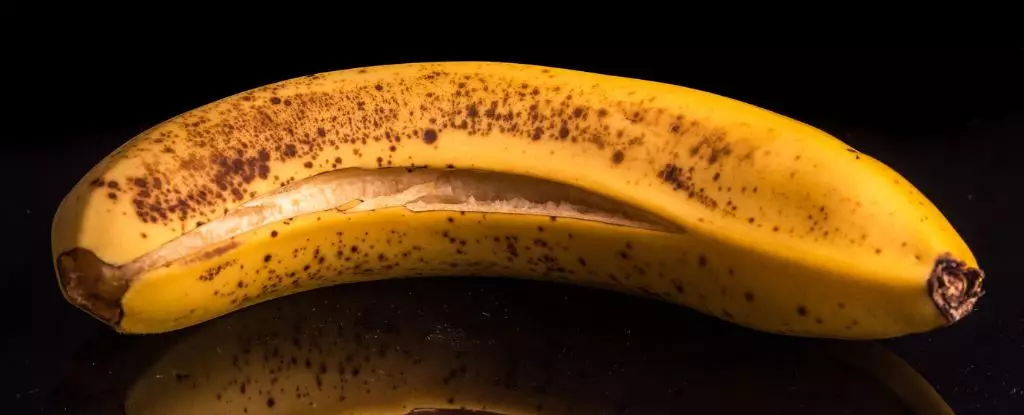In the age of sustainability, the way we view food waste is undergoing a crucial transformation. One of the most commonly discarded parts of fruits and vegetables is the peel, and bananas are no exception. Each year, millions of banana peels end up in landfills, but recent research suggests that this often-overlooked byproduct may hold untapped nutritional value. The idea of using banana peels in cooking is becoming increasingly popular, driven by a need to reduce food waste and leverage every part of the food we consume. By integrating banana peels into our diets, not only can we enhance our meals nutritionally, but we can also make a significant impact on environmental sustainability.
Banana peels contain a wealth of nutrients that can contribute to a balanced diet. Though many people wouldn’t think to consume them, these peels are packed with fiber, potassium, magnesium, and a variety of antioxidants. Recent studies have demonstrated that when banana peels are blanched, dried, and processed into flour, they can enrich baked goods substantially. Such innovations show that incorporating banana peel flour into recipes can increase levels of important minerals while offering cancer-fighting compounds as well. Unlike the usual wheat-based products we consume, which can sometimes lack diversity in nutrients, banana peel flour can introduce beneficial elements that our diets often miss.
The burgeoning trend of cooking with banana peels opens up a world of culinary possibilities. Research has shown that when used as a flour substitute, banana peels can greatly improve the nutritional profile of various baked items like cookies, breads, and even pasta. For example, a study revealed that substituting a portion of regular flour with banana peel flour resulted in cookies with comparable taste and texture to their traditional counterparts. With a recommended addition of around 7.5% banana peel flour, these cookies maintained a delightful chewiness while packing a nutritious punch. Given their resilience, these baked goods can also stay fresh for extended periods, highlighting the practical advantages of including banana peels in our cooking.
Beyond baking, banana peels can be a surprising ingredient in a variety of recipes. Renowned chefs and vegan food bloggers have started to showcase the culinary potential of banana peels in innovative dishes. From banana peel bacon to unique curries, the peel can add both flavor and texture to meals. Cooking with banana peels can also introduce a depth of flavor that transforms traditional recipes into something extraordinary. The quest to discover how to cook with what has typically been considered waste can lead to exciting dishes that delight both the palate and the mind.
Reducing food waste is crucial for environmental sustainability, and utilizing banana peels is just one way to address this issue. It is estimated that up to 40 percent of a banana’s weight consists of its peel, which is often discarded without thought. By choosing to use banana peels in cooking, we not only access extra nutrients but also play a role in managing food waste. Employing banana peels can minimize our environmental footprint, transforming what was once considered garbage into a valuable food source. Moreover, increasing awareness about the beneficial properties of other fruit peels, such as mango skins, can amplify efforts toward sustainable cooking practices.
As culinary experimentation continues, the incorporation of ingredients like banana peels pushes the boundaries of traditional cooking and expands our understanding of what’s edible. With a growing consumer interest in healthful, sustainable eating, the time has come to embrace these versatile ingredients. So, the next time you peel a banana, consider saving that skin instead of tossing it into the trash. By doing so, you could discover a delightful new addition to your culinary arsenal while also making a positive contribution to the planet. Embracing whole fruits may just be the key to becoming a more mindful and health-focused cook.


Leave a Reply